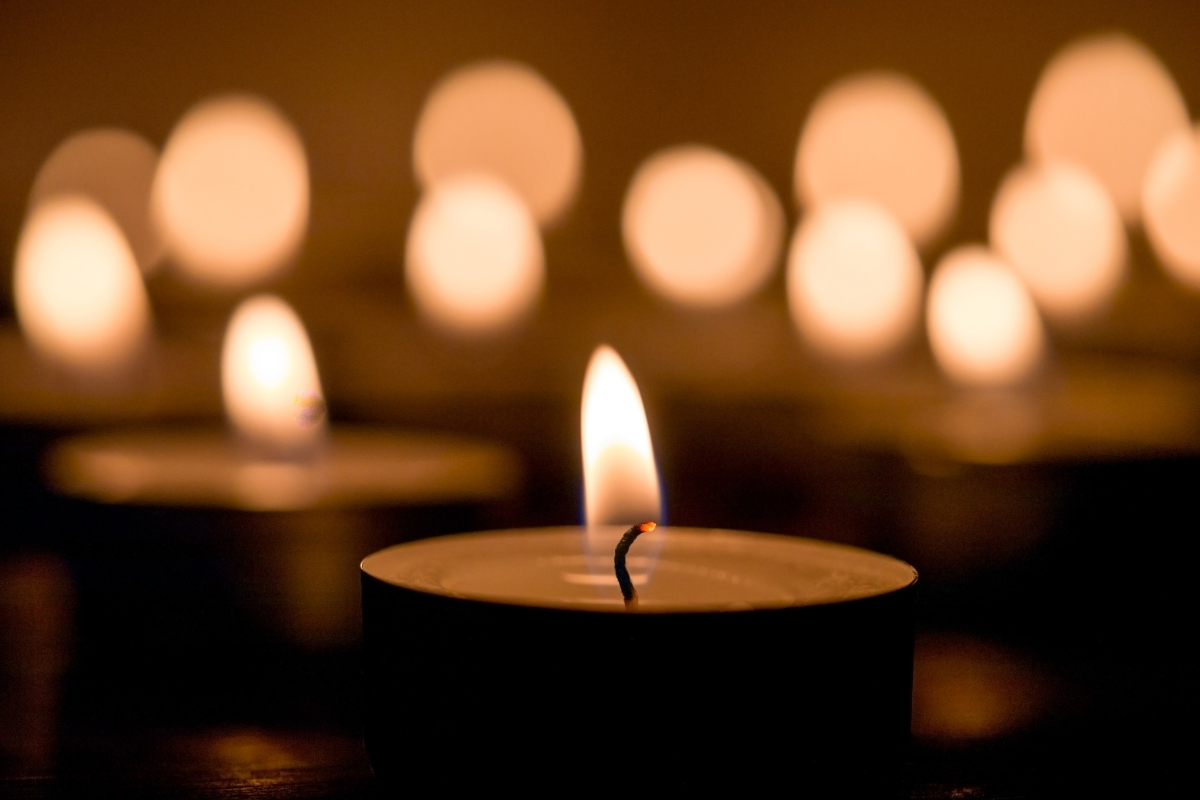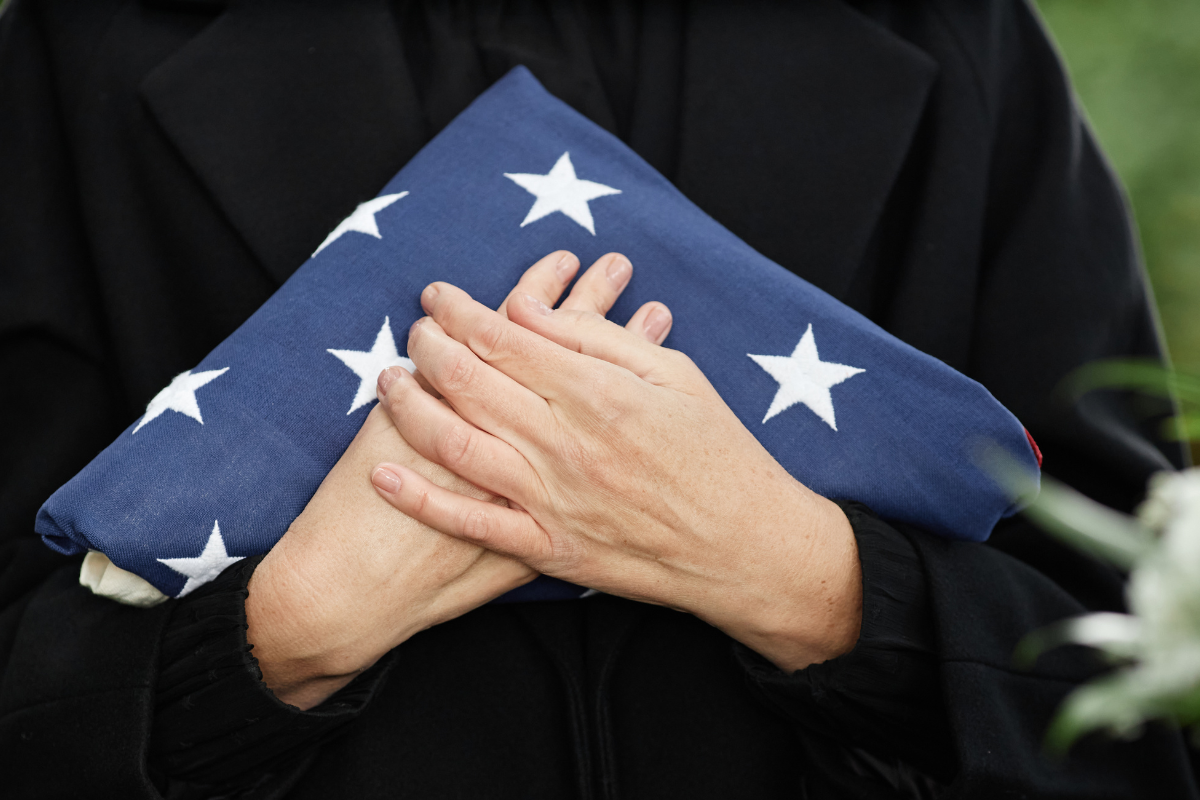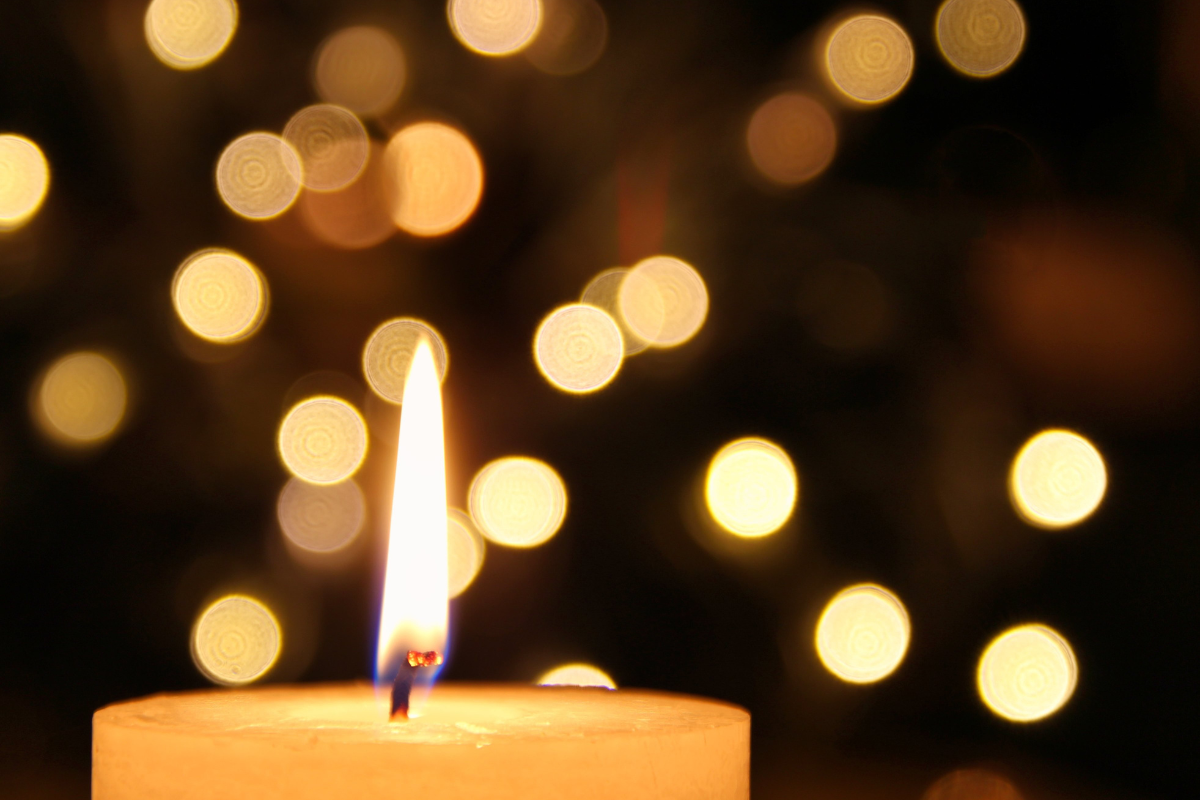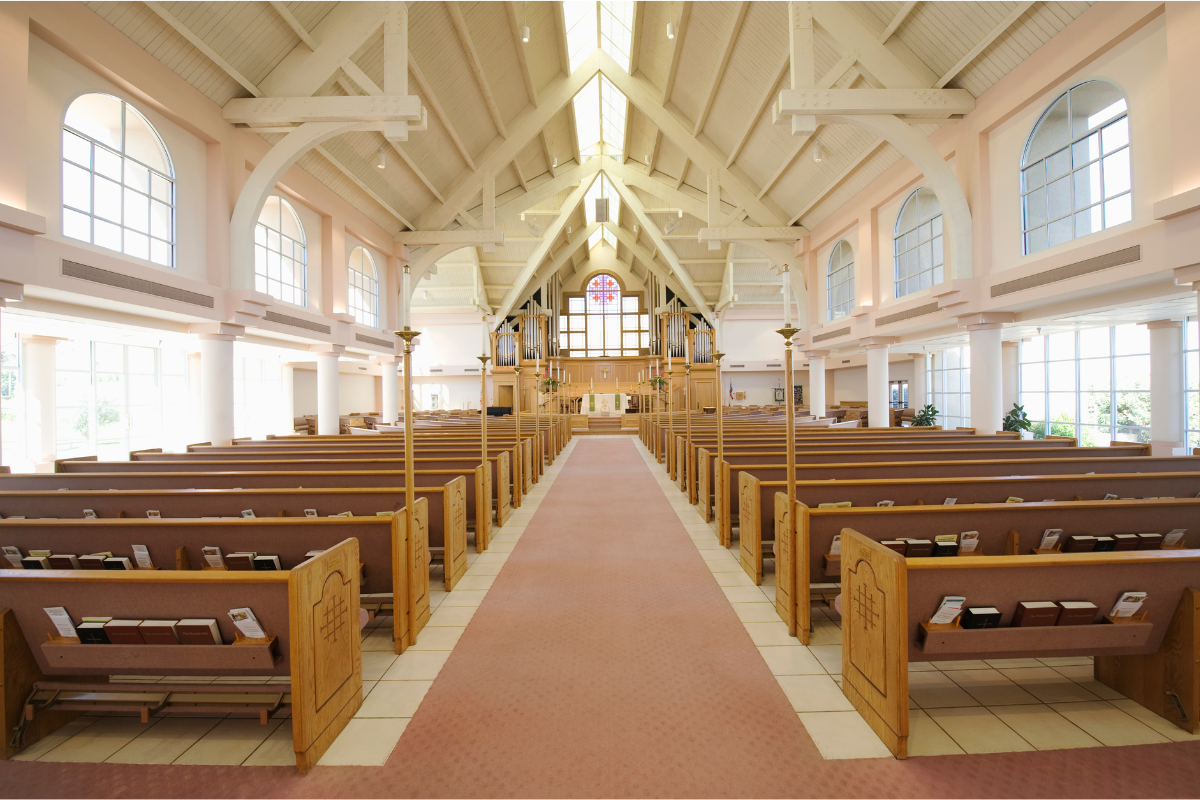Post Disclaimer: This blog reflects the author's personal experience with end-of-life matters and is provided in good faith for informational purposes only. While we aim to provide clear guidance on hard-to-find topics, this content is not legal advice and your use is at your own risk. Estate planning and end-of-life laws vary by location, so please consult your state's laws and seek guidance from a licensed attorney for your specific situation. We make no warranty about the accuracy or completeness of this information, which does not replace professional legal counsel. For more information, please see our full disclaimer.
When you're handling the arrangements after losing a loved one, understanding the role of pallbearers is an important part of funeral planning.
This guide will help you navigate the selection and organization of pallbearers to ensure this aspect of the funeral service runs smoothly.

What Are Pallbearers?
Pallbearers are individuals chosen to carry or escort the casket during a funeral service.
The term "pall" refers to the cloth that traditionally covers the casket, and "bearer" denotes their role in carrying the deceased to their final resting place.
In modern funerals, pallbearers typically carry the casket from the hearse to the church or service location, and later to the gravesite.

Types of Pallbearers
Active Pallbearers
Active pallbearers physically carry or wheel the casket during the funeral service. This role requires individuals who are physically capable of bearing the weight of the casket and maintaining composure during this emotional task.
The casket is typically carried at waist height, and pallbearers must be able to coordinate their movements with others.
Honorary Pallbearers
Honorary pallbearers serve in a symbolic capacity to honor individuals who were especially close to the deceased but may not be able to physically carry the casket.
This might include elderly family members, business associates, or close friends who you wish to recognize.
Honorary pallbearers typically walk alongside or behind the casket during processions.

How Many Pallbearers Do You Need?
The standard number of active pallbearers is six, though some services may use eight.
This number ensures the weight of the casket is evenly distributed.
Here's a typical arrangement:
- Six pallbearers: Three on each side of the casket
- Eight pallbearers: Four on each side, providing additional support
- Two to four honorary pallbearers (optional)
It's wise to have one or two alternate pallbearers available in case someone is unable to perform their duties on the day of the service.

Who Should Be Pallbearers?
When selecting pallbearers, consider the following individuals:
- Adult children of the deceased
- Grandchildren (if physically able)
- Siblings
- Close friends
- Nephews or cousins
- Professional colleagues
- Members of religious or social organizations
Key factors to consider when choosing pallbearers:
- Physical ability to carry the casket
- Emotional stability to handle the task
- Close relationship with the deceased
- Reliability and punctuality
- Willingness to serve in this capacity

What Do Pallbearers Wear?
Pallbearers typically dress formally and coordinated with the overall tone of the funeral:
- Dark suit or sports coat with dress pants
- Conservative tie
- Dark dress shoes (comfortable enough for walking and carrying)
- Dark socks
- No flashy jewelry or accessories
For women serving as pallbearers:
- Dark dress or pantsuit
- Comfortable, low-heeled dress shoes
- Conservative accessories

Where Do Pallbearers Sit at a Funeral?
Seating arrangements for pallbearers vary by venue and tradition, but generally:
- Active pallbearers often sit together near the front of the venue, typically in the first or second row
- They may be seated on the outside edges of rows for easy access
- Honorary pallbearers usually sit together in a designated area, often behind the active pallbearers
- Some services may seat pallbearers with their families, gathering them only for processions

Practical Planning Tips
- Early Selection:
- Choose pallbearers as soon as possible after making funeral arrangements
- Allow time for people to arrange travel and time off work
- Select alternates in case of last-minute changes
- Communication:
- Clearly explain the responsibilities involved
- Provide specific details about timing and attire
- Share any special instructions from the funeral director
- Give written instructions if possible
- Pre-Ceremony Preparation:
- Request pallbearers arrive early for instructions
- Arrange a brief meeting with the funeral director
- Review the processional route and any specific procedures
- Ensure everyone understands their position and role
- Special Considerations:
- Account for height differences when arranging positions
- Consider physical limitations or health issues
- Have a plan for inclement weather
- Prepare for emotional support if needed

What Do Honorary Pallbearers Do?
Honorary pallbearers' duties typically include:
- Walking behind or alongside the casket during processions
- Standing in honor during key moments of the service
- Being recognized in the funeral program
- Participating in any special ceremonies or traditions
This role allows you to honor important people in the deceased's life who may not be able to serve as active pallbearers due to age, physical limitations, or other factors.

FAQs: Pallbearers Guide
Can women be pallbearers?
Absolutely women can serve as pallbearers in modern funeral services.
While historically pallbearing was traditionally a male role, contemporary funerals increasingly welcome women to serve in this important capacity, reflecting broader social changes and recognition of women's equal status in all aspects of life.
The key considerations for selecting pallbearers should focus on physical capability to help carry the casket (typically requiring the ability to bear 50-75 pounds of weight), emotional readiness to perform the task, and their relationship to the deceased - not gender.
Women who wish to serve as pallbearers should be given the same considerations as men, including being briefed on proper lifting techniques, wearing appropriate pallbearer attire (typically dark business attire with comfortable, secure shoes), and being positioned appropriately with others of similar height for balanced casket carrying.
Some funeral directors may even suggest having a mix of male and female pallbearers to better represent the important relationships the deceased had with people of all genders.
The only practical consideration should be ensuring all pallbearers can safely participate in carrying the casket, regardless of their gender.
How much does a casket weigh?
A casket's weight can vary significantly, with the empty casket typically weighing between 150 to 250 pounds on its own, and considerably more once occupied.
The total weight a pallbearer team needs to manage usually ranges from 400 to 800 pounds in total, meaning each pallbearer (in a team of six) may need to support anywhere from 65 to 135 pounds.
Several factors affect the final weight, including the casket's construction material (wood caskets generally weigh less than metal ones, with premium metals like bronze or copper being the heaviest), the casket's size (oversized caskets can weigh significantly more), any additional features like special linings or decorative elements, and the weight of the deceased person along with any burial garments or personal items included.
This weight consideration is precisely why funeral directors recommend having six to eight pallbearers rather than fewer, as it ensures the weight is distributed safely and manageably among the group.
It's also why many modern funerals utilize wheeled biers (special casket carts) for portions of the journey, with pallbearers still providing guidance and ceremonial dignity while reducing the physical strain of carrying the full weight.
Do pallbearers need to be the same height?
While pallbearers don't need to be exactly the same height, having bearers of relatively similar height helps ensure smooth transportation of the casket and reduces physical strain on all participants.
The key is proper arrangement rather than identical heights - funeral directors typically organize pallbearers by matching those of similar height on opposite sides of the casket to keep it level, with the tallest pairs often positioned at the heaviest points (usually the head and foot of the casket).
If there are significant height differences among the pallbearers, they can be accommodated through careful positioning and, in some cases, by having taller individuals slightly bend their arms while shorter individuals keep their arms more extended to maintain a level carrying position.
Most funeral homes also have adjustable casket carriages and church trucks (wheeled devices) that can be used for portions of the procession, which helps minimize any issues caused by height differences.
What's most important is that all pallbearers can comfortably reach the casket handles when standing naturally or with minor adjustments, ensuring they can maintain proper posture and grip throughout the procession.

Wrap-up: Pallbearers Guide
Selecting and organizing pallbearers is an important aspect of planning a funeral.
By understanding the roles, requirements, and considerations involved, you can ensure this element of the service runs smoothly while appropriately honoring your loved one.
Remember that your funeral director can provide additional guidance and support in coordinating pallbearer responsibilities.
Take time to make thoughtful selections and communicate clearly with all involved parties.
This will help ensure that this aspect of the funeral service provides the dignity and respect your loved one deserves while creating a meaningful experience for those participating in this important role.
Below you'll find a comprehensive planning checklist focused specifically on selecting, organizing, and coordinating pallbearers – use this step-by-step guide to ensure this important aspect of your loved one's service is handled with care and dignity.
Check out the Up & Doing glossary page for an alphabetical listing of key terms related to estate administration, funeral planning, and other end-of-life topics.




